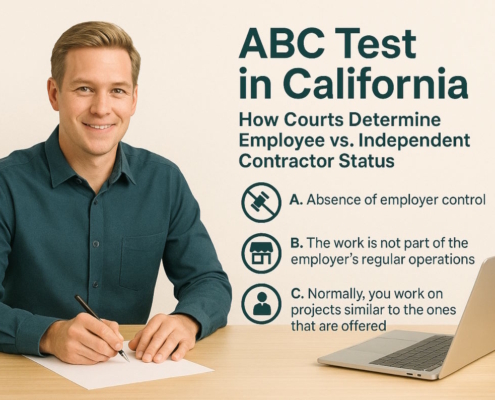What does say on pay mean?
The phrase “say on pay” describes a system whereby a company’s shareholders have the power to decide on executive and general compensation policies through a vote. One can use a say-on-pay vote for:
- Compensation plans for top executives
- The pay policy of the organization
- Executives’ equity grants
- Performance metrics related to pay
- CEOs’ pay compared to workers’ pay
- Incentives for the short and long-term
Say on Pay is a typical practice in publicly traded firms and is backed by corporate law.
What is the importance of Say on Pay?
If upper-level management has full say over their compensation, either directly or indirectly, they are more inclined to overpay themselves. Consequently, the purpose of electing shareholders and directors is to safeguard the company’s interests. The Annual Meeting or a specially formed compensation committee comprised of board members typically makes these kinds of decisions.
What is the process of Say on Pay?
Executive salary and other compensation practices are up for shareholder voting, which might be advisory or binding.
An advisory vote gives shareholders a say in compensation matters without really requiring the corporation to implement the results. Shareholders can voice their opinions on executive salary and rules, positive or negative.
Shareholders can vote on executive compensation, compensation practices, and business goals in a binding vote, which is legally enforceable.
Legal requirements for various kinds of Say on Pay vary from one country to the next.
Why is Say on Pay a good idea?
More openness: In an effort to head off inquiries, businesses are expected to divulge more details regarding their CEO compensation policies and practices, including exact salary figures. There will probably be more transparency regarding performance metrics and their relationship to pay.
Executive compensation plans geared toward achieving objectives: As oversight becomes stricter, compensation committees will most likely align their compensation plans with shareholder priorities. In this way, there will be a direct correlation between CEO compensation and measurable outcomes.
Increased dialogue between the business and shareholders: Say on Pay is probably going to stimulate more extensive dialogue between the business and shareholders in order to guarantee that an agreement is achieved over executive compensation. As a result, investors can often serve as a valuable strategic resource.
Is there anything bad about Say on Pay?
Adds a layer of responsibility for shareholders to closely monitor: There are financial and time costs associated with asking shareholders for their opinions on executive compensation. It demands full attention as they sort through details.
Because Say on Pay enforces shareholder approval of all compensation plans and practices in certain countries, it can make negotiating CEO compensation packages more difficult and less enjoyable. It may lead to unwelcome discontent and even departure of top executives.
How will things play out in the event that Say on Pay is unsuccessful?
If the vote fails (usually with a percentage below 50%), it means that most shareholders are unhappy with the compensation philosophy, company performance, or executive compensation.
The corporation should ask for shareholder opinions in order to adjust its strategy for future years so that it can count on their support. If the company’s votes keep failing, it can hurt the confidence of its shareholders and the price of its shares.































